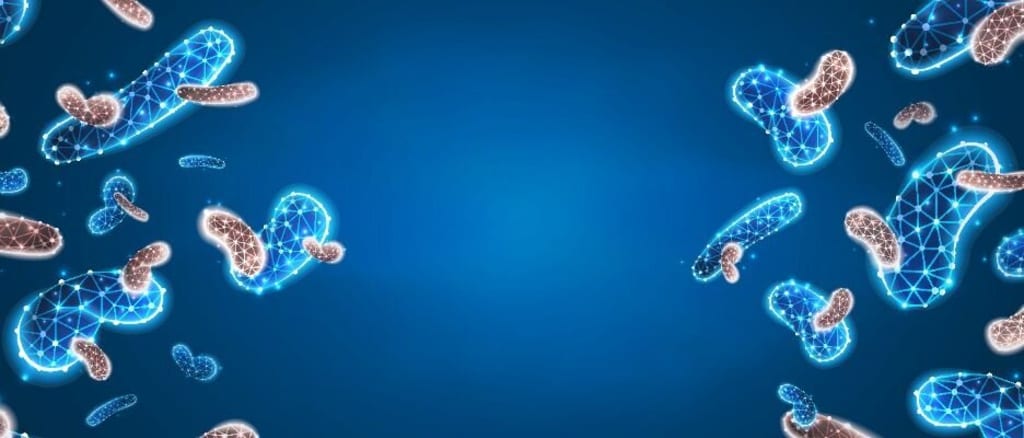Aquaculture and Probiotics
The role of Probiotics

The time period probiotics is commonly used to denote micro organism that promote the fitness of different organisms. Lilley and Stillwell (1965) described them as supplies secreted by means of one microorganism, which prompted the boom of another. An professional with the Joint Food and Agriculture Organization of the United Nations/World Health Organization (FAO/WHO), noted that probiotics are stay microorganisms, which when fed on in ample amounts, confer a fitness gain for the host (FAO/WHO, 2001).
Aquaculture has emerge as an necessary monetary pastime in many countries. In large-scale manufacturing facilities, the place aquatic animals are uncovered to annoying conditions, troubles associated to illnesses and deterioration of environmental stipulations regularly happen and end result in serious monetary losses. Prevention and manage of illnesses have led in the course of latest many years to a massive enlarge in the use of veterinary medicines. However, the utility of antimicrobial sellers as a preventive measure has been questioned, given sizeable documentation of the evolution of antimicrobial resistance amongst pathogenic bacteria. Globally, tonnes of antibiotics have been dispensed in the biosphere at some stage in an antibiotic generation of solely about 60 years duration. In the United States, 18,000 t of antibiotics produced every 12 months for clinical and agricultural purposes, 12,600 t are used for the non-therapeutic redress of farm animals in order to promote boom (SCAN, 2003). In the European Union and Switzerland, 1600 t of antibiotics, representing about 30% of the whole use of antibiotics in farm animals, had been in a similar way used for increase promoting functions in 1997 (SCAN, 2003). These quantities of antibiotics have exerted a very sturdy determination strain in the direction of resistance amongst bacteria, which have tailored to this situation, commonly by way of a horizontal and promiscuous waft of resistance genes (SCAN, 2003).
Resistance mechanisms can arise one of two ways: chromosomal mutation or acquisition of plasmids. Chromosomal mutations can't be transferred to different micro organism however plasmids can switch resistance swiftly (Lewin, 1992). Several bacterial pathogens can advance plasmid-mediated resistance. Plasmids carrying genes for resistance to antibiotics have been determined in marine Vibrio species and they may want to be laterally exchanged. At the excessive populace densities of micro organism located in aquaculture ponds, switch by way of plasmids, transduction with the aid of viruses and even direct transformation from DNA absorbed to the particles in the water or on the sediment surfaces ought to all be in all likelihood mechanisms for genetic change (Moriarty, 1997). For example, transference of multidrug resistance befell in Ecuador at some point of the cholera epidemic (1991–1994) in Latin America and this commenced amongst folks who had been working on shrimp farms. Although the authentic epidemic pressure of Vibrio cholerae 01 was once inclined to the 12 antimicrobial retailers tested, in coastal Ecuador it grew to become multidrug resistant via the transference of resistance genes of non-cholera vibrios that are pathogenic to the shrimp (Weber et al., 1994). In addition, different proof of the transmission of resistance between aquaculture ecosystems and human has been demonstrate, when a novel florofenicol resistance gene floR, in Salmonella typhimurium DT104, which additionally confers resistance to chloramphenicol, is nearly same by using molecular sequence to the florofenicol resistance gene first described in Photobacterium damsela, bacterium observed in fish (Angulo, 2000).
The use of probiotics or advisable bacteria, which manage pathogens thru a range of mechanisms, is more and more considered as an choice to antibiotic treatment. The use of probiotics in human and animal diet is properly documented (see Fuller, 1992, Mulder et al., 1997 reviews; Rinkinen et al., 2003) and recently, they have begun to be utilized in aquaculture (Gatesoupe, 1999, Gomez-Gil et al., 2000, Verschuere et al., 2000, Irianto and Austin, 2002, Bachère, 2003). The functions of this assessment are to describe the principles, mechanisms of motion and standards for decision of probiotics, and to summarize their purposes in aquaculture.
About the Creator
Enjoyed the story? Support the Creator.
Subscribe for free to receive all their stories in your feed. You could also pledge your support or give them a one-off tip, letting them know you appreciate their work.





Comments (1)
Important article for aqaculturist.